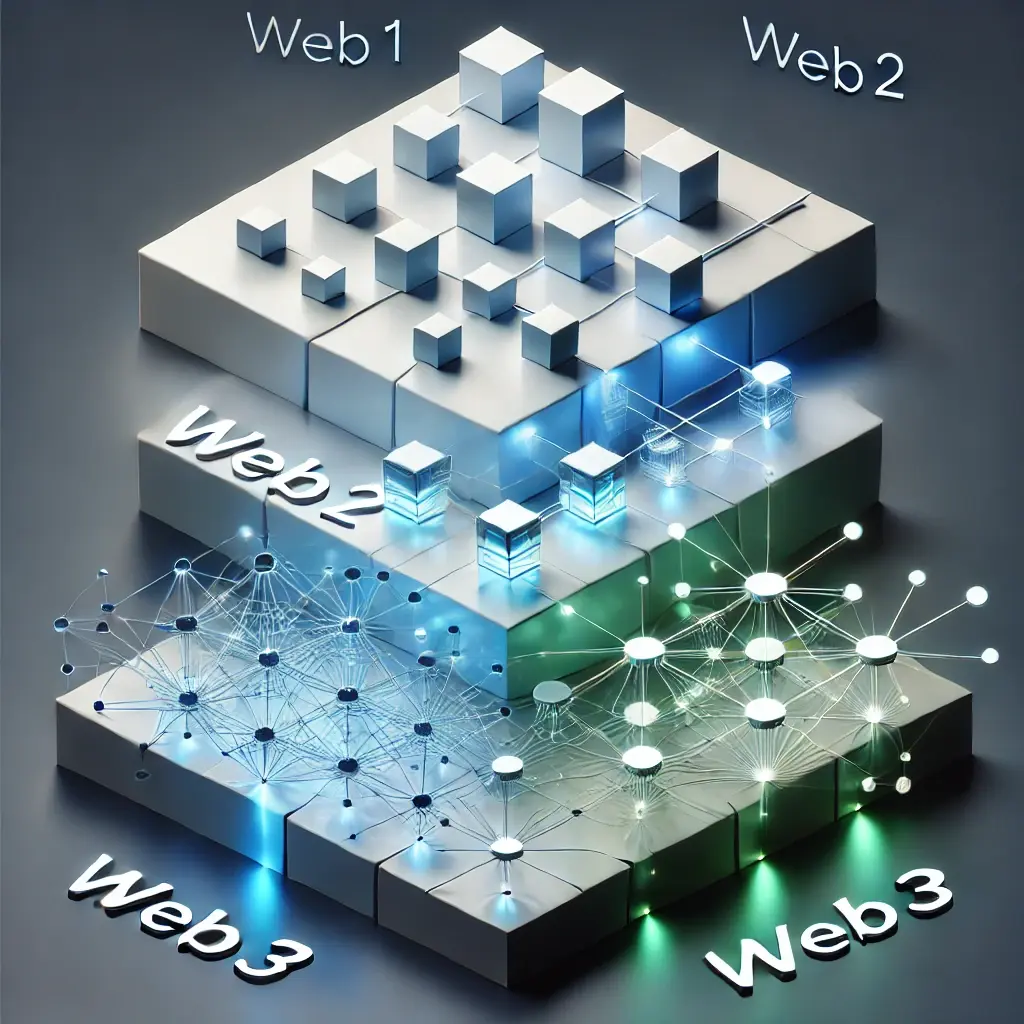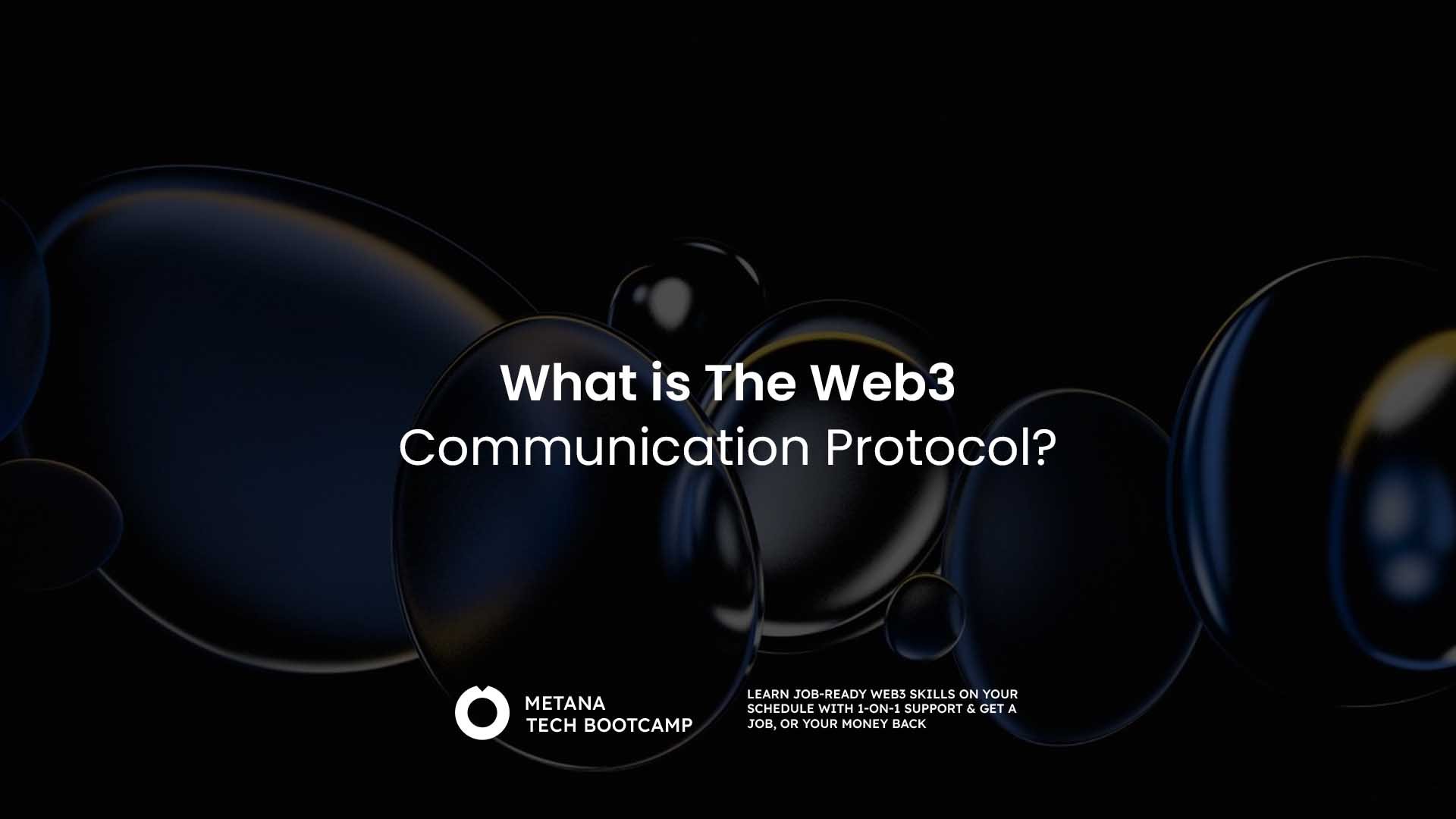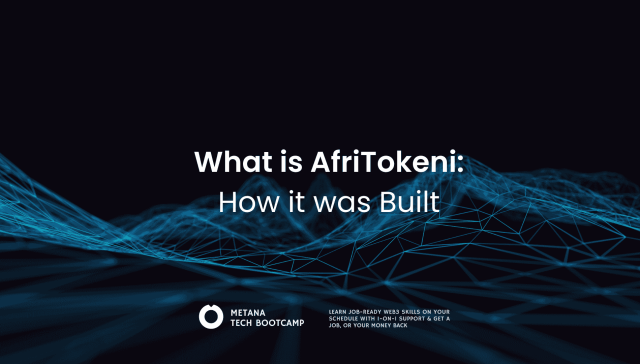The Evolution of the Internet: Enter Web3
The internet has evolved dramatically over time. Web1 was the early, static “read-only” internet, where users could only consume content. Web2 revolutionized this experience with dynamic, user-generated content on centralized platforms like Facebook, Google, and Twitter. However, this centralization brought issues such as privacy concerns, corporate control over user data, and censorship.
Web3 aims to address these issues by decentralizing power and giving users control over their data, assets, and identities. A key component of this shift is the rise of Web3 communication protocols, which enable secure, peer-to-peer interactions without reliance on centralized servers, reshaping the landscape of online privacy, ownership, and trust.

Decoding Web3 Communication Protocols: A New Way to Connect
Web3 communication protocols refer to decentralized technologies that provide a set of rules for secure, peer-to-peer (P2P) messaging. Unlike Web2 protocols such as HTTP or SMTP, which rely on centralized servers, Web3 uses distributed nodes to relay messages, improving privacy and resistance to censorship.
The core goals of these protocols are secure data exchange and trustless communication—users don’t need to trust intermediaries. Cryptographic techniques ensure data integrity, and users retain control over their communications. This differs from Web2’s centralized model, offering a more transparent, secure, and democratized online experience.

The Core Pillars: What Powers Web3 Communication Protocols
Web3 communication protocols are built on these fundamental principles:
- Decentralization
Data is distributed across nodes in peer-to-peer networks, removing single points of failure and censorship. This ensures that communication remains accessible and independent of centralized authorities. - Security & Privacy
End-to-end encryption and cryptographic key pairs ensure secure communication, allowing only the intended recipients to access the data. Users can remain anonymous, safeguarding their privacy against data mining practices commonly found in Web2. - Interoperability
Web3 prioritizes seamless cross-platform communication, enabling decentralized applications (dApps) to interact across various blockchains and protocols. For instance, an Ethereum-based dApp can easily integrate with decentralized storage systems like IPFS or messaging protocols like Libp2p. - Transparency & Trustlessness
Most Web3 protocols are open-source, allowing public auditing. Trust is placed in transparent code and smart contracts that execute autonomously on blockchains, removing the need for third-party oversight.
These principles drive a user-centric, decentralized web that empowers individuals to control their online data and interactions.
Popular Web3 Communication Protocols: A Technical Look
Several protocols form the foundation of Web3, each focusing on different aspects of decentralized messaging, networking, and data transfer.
Whisper Protocol: Real-Time, Encrypted Messaging
Whisper is a peer-to-peer messaging protocol developed within the Ethereum ecosystem for private, decentralized communication. It relies on broadcasting encrypted messages across a distributed network. However, Whisper’s high bandwidth and storage requirements create scalability issues, particularly as the network grows.
Libp2p: The Networking Toolkit for Web3
Libp2p, part of the IPFS project, is a modular framework designed to facilitate decentralized, peer-to-peer networking. It abstracts the transport layer, enabling dApps to use different communication protocols like WebRTC or TCP/IP. Key features of Libp2p include:
- Peer Discovery & Routing: Nodes can dynamically discover each other without needing central servers.
- Transport Flexibility: The protocol supports various transport options, ensuring adaptable communication.
- Stream Multiplexing & Security: Secure, independent communication channels within single connections enhance performance.
Libp2p’s versatility makes it suitable for a range of decentralized applications, from file sharing to secure messaging.
Waku Protocol: The Whisper Upgrade
Waku, an evolution of the Whisper protocol, addresses the scalability challenges by improving bandwidth efficiency. Part of the Vac project, Waku optimizes message propagation and expiration, reducing network congestion while maintaining the privacy and security of communications. This makes it more suitable for large-scale, real-time messaging systems.
Web3 Use Cases: Real-World Applications of Protocols
Web3 communication protocols power a variety of innovative applications across different sectors.
Decentralized Social Media: User-Owned Networks
Platforms like Mastodon use decentralized protocols to enable users to control their data while communities govern interactions. These platforms allow secure message broadcasting and avoid centralized content moderation practices seen in Web2.
Encrypted Messaging & Private Conversations
Applications like Status leverage Web3 protocols to offer secure, end-to-end encrypted messaging. This ensures that communications remain private and free from central control, with cryptographic identity verification to prevent unauthorized access.
DeFi Notifications & Real-Time Alerts
In the Decentralized Finance (DeFi) space, Web3 protocols like Waku enable real-time notifications about transactions, price changes, and smart contract events, offering users immediate alerts without relying on centralized services.
DAO & NFT Community Coordination
Decentralized Autonomous Organizations (DAOs) and NFT communities use Web3 protocols to manage transparent governance, discussions, and voting processes. These protocols facilitate secure communication and decision-making, ensuring decentralized, collective participation.
Challenges & Future Outlook: Scaling and Adoption
Despite their potential, Web3 communication protocols face several challenges:
Scalability & Performance Bottlenecks
As decentralized networks grow, network congestion and latency become more pressing concerns. Solutions like layer-2 scaling and more efficient data propagation techniques are being explored to address these issues and improve network performance.
Usability & Mainstream Adoption
Web3 technologies often require users to manage private keys and interact with decentralized networks, making them difficult for mainstream users to adopt. Improving the user experience while maintaining security is crucial for broader adoption.
Regulation & Privacy
Web3’s emphasis on privacy and encryption poses regulatory challenges. Governments must find a balance between allowing private communications and ensuring compliance with legal frameworks, especially around data sharing and privacy.
Interoperability Across Blockchains
While Web3 emphasizes interoperability, seamless communication between different blockchains is still in development. The creation of universal communication standards is a key focus for ongoing innovation in the space.

Embracing the Decentralized Web
Web3 communication protocols are at the forefront of reshaping online interactions by prioritizing user control, privacy, and security over centralized authority. By enabling trustless, peer-to-peer communications, these protocols are fundamentally transforming how we connect, transact, and share information online.
Although challenges like scalability, regulation, and usability remain, Web3 is steadily evolving. With ongoing improvements in user interfaces, scalability, and cross-chain communication, Web3 is moving closer to a decentralized internet that belongs to its users. From social media to secure messaging and decentralized governance, these protocols are laying the groundwork for a future where the internet is truly open, resilient, and user-driven.
The shift from Web2 to Web3 is not just a technical upgrade—it’s a movement towards a more inclusive, user-focused digital world.
FAQs
What is the Web3 Communication Protocol?
- The Web3 Communication Protocol is a decentralized method for enabling secure communication across blockchain networks without intermediaries.
How does the Web3 Communication Protocol work?
- It uses decentralized networks and cryptographic methods to allow secure, peer-to-peer communication, ensuring privacy and control over data.
Why is Web3 communication important?
- Web3 communication improves privacy and eliminates reliance on central servers, making communication more secure and censorship-resistant.
What are the benefits of decentralized communication?
- Decentralized communication enhances security, privacy, data ownership, and resistance to censorship, offering users more control over their information.
How does Web3 communication differ from traditional methods?
- Unlike traditional communication that relies on centralized servers, Web3 uses blockchain technology for decentralized and secure peer-to-peer interactions.








